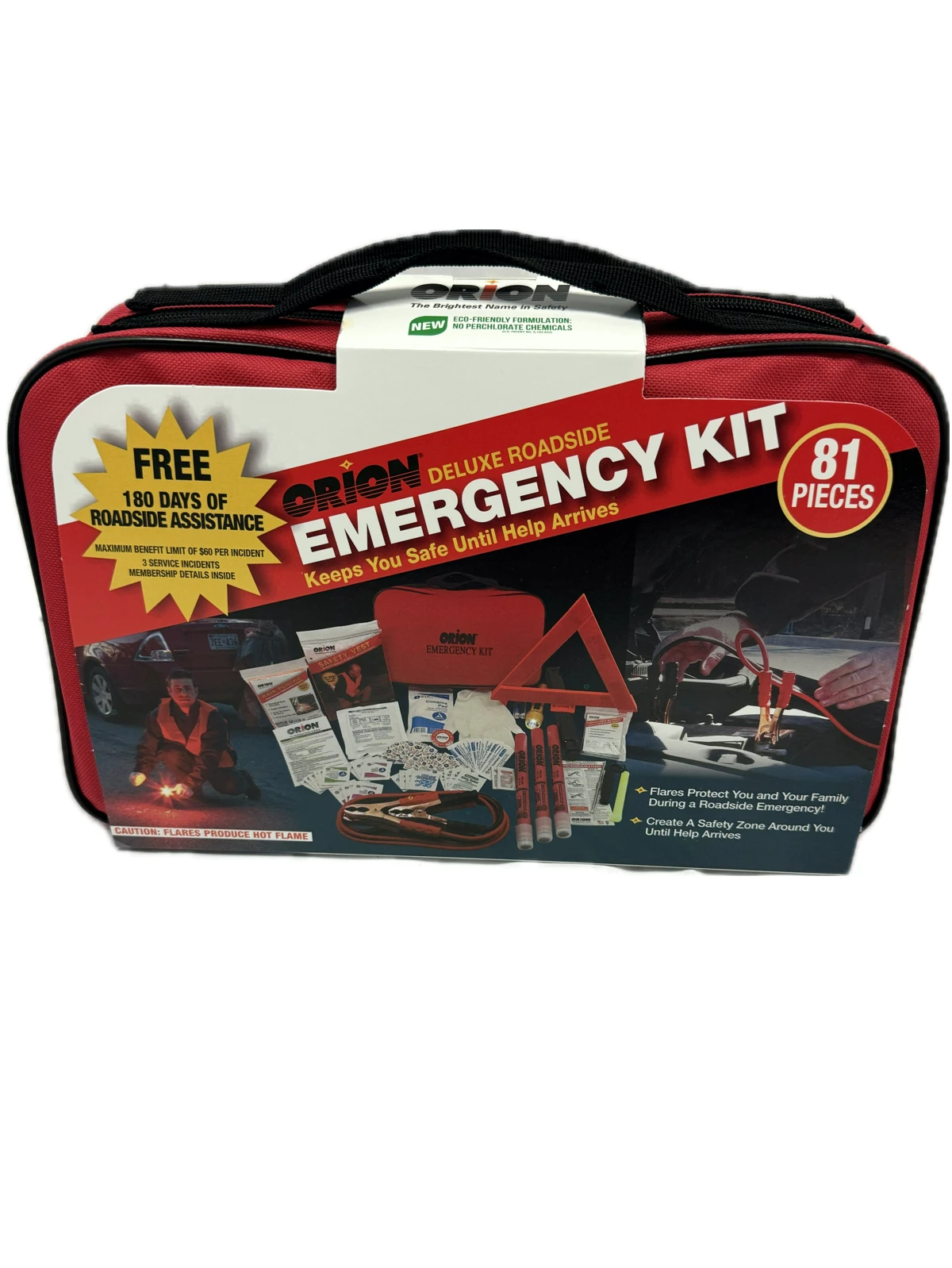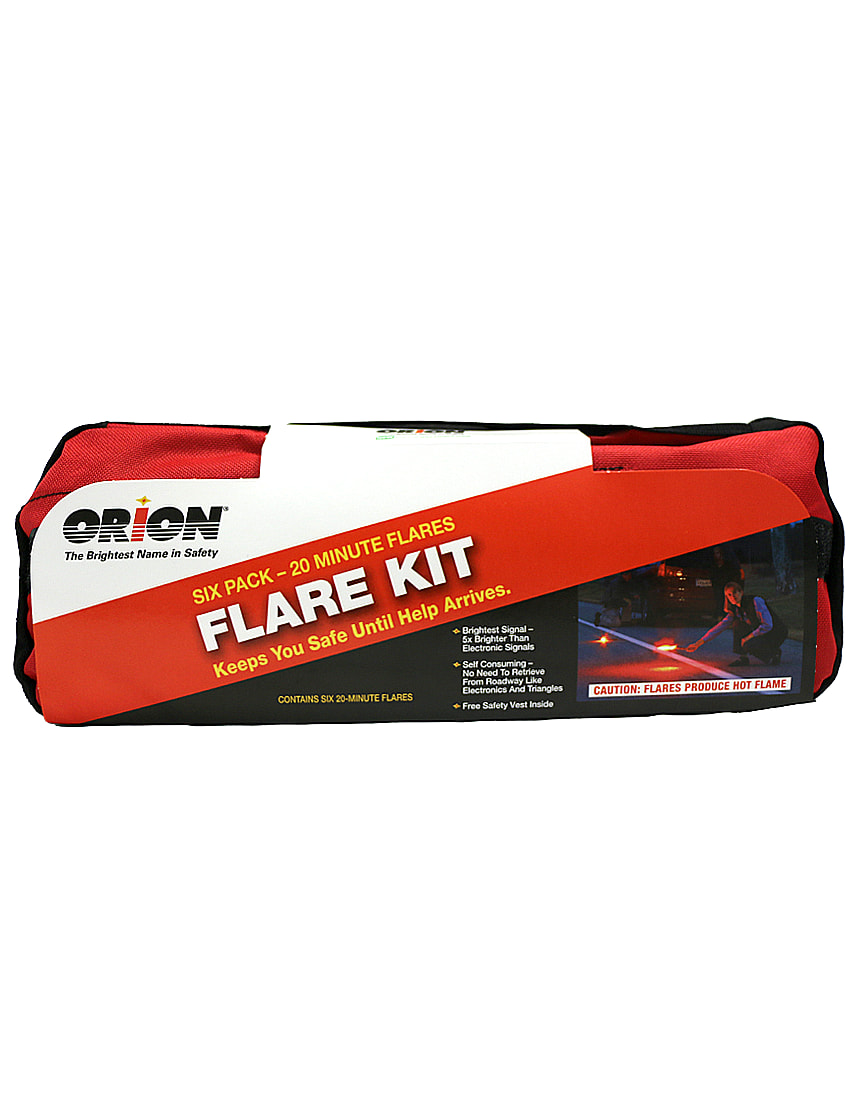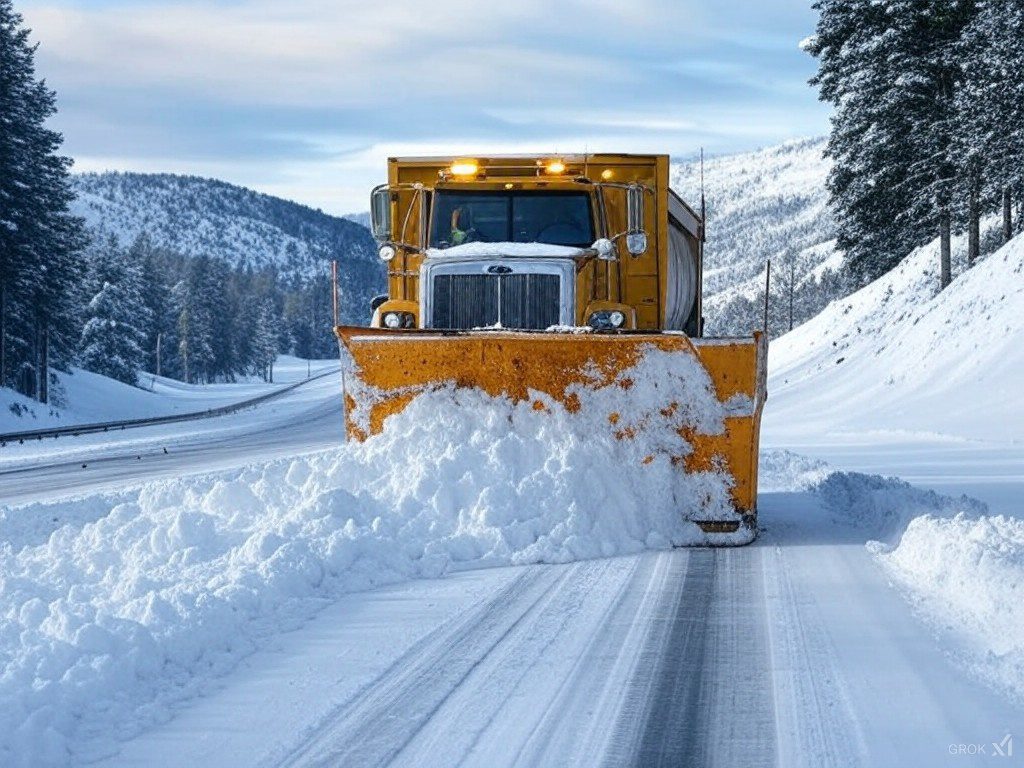Rules for Sharing the Road with Snowplows: A Cornerstone of Winter Traffic Safety
Give Snowplows the Space They Need
Imagine a 60,000-pound machine lumbering down a snowy highway, its blade scraping ice and flinging salt. Snowplows aren’t built for agility—they need room to maneuver. Traffic safety guidelines, echoed by agencies like the National Highway Traffic Safety Administration (NHTSA), urge drivers to maintain at least 200 feet—about 12 car lengths—behind a plow. This buffer keeps you clear of their massive blind spots and shields you from the blinding spray of snow and debris. NHTSA data reveals that rear-end collisions spike in winter, accounting for nearly 20% of all weather-related crashes. Tailgating a snowplow doesn’t just risk a fender-bender—it could mean sliding into a steel behemoth. Space is your safety net.Never Pass on the Right—Here’s Why
Passing a snowplow on the right is like stepping into a trap. Many plows wield “wing blades”—extensions that jut out several feet to widen their clearing path. Hidden by swirling snow, these wings are a silent hazard. Attempt a right-side pass, and you might clip one or vanish into a zero-visibility snow cloud. The Minnesota Department of Transportation (MnDOT) reports that 25% of snowplow-involved crashes stem from improper passing, often with devastating results. Traffic safety thrives on predictability—pass on the left only when conditions allow, and check your local laws, as some states prohibit passing plows entirely when they’re actively clearing.Patience: The Unsung Hero of Winter Driving
Snowplows don’t race. They trudge along at 25 miles per hour or less, sometimes halting mid-lane or overlapping lines to scrape every inch of snow. For drivers eager to get home, this can spark frustration—but impatience is a killer. The American Automobile Association (AAA) warns that winter weather doubles crash risks due to slick surfaces and poor visibility. Add a hasty maneuver near a snowplow, and you’re gambling with physics. In 2022, Ohio recorded 17 plow-related accidents in a single storm, most tied to drivers weaving or tailgating. Patience isn’t just a virtue here—it’s a survival skill.Oncoming Plows: Yield and Survive
An oncoming snowplow isn’t just traffic—it’s a moving obstacle course. Its towering blade and wake of snow demand respect. The rule is simple: move as far right as safely possible when one approaches. This sidestep avoids head-on collisions and keeps you clear of flying debris. In states like Wisconsin, where plows tackle over 100 inches of snow annually, this habit has cut plow-related incidents by 15% over the past decade, per the Wisconsin DOT. It’s a small action with big stakes—traffic safety experts call it one of the easiest ways to dodge disaster.Technology’s Role in Plow Safety
Modern snowplows are evolving, and so should driver awareness. Many now feature GPS tracking, flashing LED lights, and even rear-mounted cameras to spot trailing cars. Some states, like Colorado, deploy “smart plows” that broadcast their location to navigation apps, alerting drivers in real time. Yet, technology can’t replace human caution. A 2024 study by the Transportation Research Board found that while advanced plow features reduce operator error, driver behavior—such as ignoring warnings—remains the top crash factor. Knowing the rules keeps you ahead of the tech curve. Equip your vehicle for winter with our, roadside emergency kit, warning triangles, safety vests, and traffic cones.The Stakes: Safety for All
Snowplows aren’t out there for kicks—they’re a lifeline. The Federal Highway Administration ties snow and ice to over 1,300 deaths and 116,000 injuries in U.S. traffic accidents each year. By clearing roads, plows slash those numbers, but they need drivers’ help. Ignoring the rules doesn’t just endanger you—it risks the operators, who brave 12-hour shifts in subzero chaos. OSHA data from 2023 pegs snowplow operators as among the most vulnerable road workers, with 40% of injuries linked to civilian vehicle collisions. Meanwhile, laws in states like New York and Illinois impose fines up to $750 for violating “Move Over” rules near plows, signaling a legal push to protect them.Real Stories, Real Lessons
Take January 2023 in Buffalo, New York: a blizzard buried the city under 50 inches of snow. Amid the chaos, a driver tailgating a plow lost control, crashing into it and triggering a pileup that injured three. The plow operator, shaken but unharmed, later told local news, “I see it too often—people don’t give us space, and it’s a miracle more don’t get hurt.” Contrast that with a success story from Utah, where a public campaign on plow safety cut incidents by 30% in two years. The difference? Drivers who knew—and followed—the rules.A Call to Action
Sharing the road with snowplows is a shared responsibility, woven into the fabric of winter traffic safety. These machines keep commerce rolling, ambulances moving, and families connected, but their mission falters when drivers act recklessly. The rules are clear: give them space, pass smartly, stay patient, yield to oncoming plows, and respect their role. They’re not mere suggestions—they’re backed by data, enforced by law, and proven by experience. Stay prepared with Traffic Safety Store’s full range of safety products.Conclusion
Next time you spot a snowplow slicing through a storm, don’t see an obstacle—see an ally. Ease off the accelerator, hang back, and let them lead. The road they’re clearing isn’t just for you today—it’s for everyone tomorrow. In a season where hazards lurk around every corner, following these rules isn’t just about avoiding a ticket or a tow. It’s about coming home safe—and ensuring the plow driver does too. Winter driving is tough enough; let’s not make it tougher than it needs to be.Order your Traffic Cones Today! Call us at 800-429-9030.

Orion Flare Kit Plus Emergency Kit
Orion Flare Kit Plus Emergency Kit
Quick Facts:
- High-Visibility Emergency Signaling – Includes Five (5) premium Orion 20 Minute safety flares for reliable alerts in any weather or lighting conditions.
- Safety Vest for added Visibility - For personal protection when deploying safety flares
- Comprehensive Roadside Essentials – Features a first aid kit, 8' jumper cables, lightstick, and other critical tools for unexpected emergencies.
- Durable & Compact Design – Weatherproof kit with a sturdy, portable case for easy storage and accessibility in any vehicle. Measures 12 1/4" x 8 1/4" x 4"

Orion Deluxe Roadside Emergency Kit
Orion Deluxe Roadside Emergency Kit
Quick Facts:
- Don't get caught broken down on the side of the road without our 81 piece breakdown kit
- Contains (to just name a few..) Flares & road triangle, Flashlight, Lightstick, Emergency Blanket, Safety Vest, Jumper Cables & more (see complete list below)

Orion 20-Minute Road Flares - Pack of 6
Orion 20-Minute Road Flares - Pack of 6
Quick Facts:
- High Visibility Red Nylon Carrying Case
- Contains six (6) road flares
- Each flare will burn for 20 minutes
- High Visibility Orange Vest included for added safety!

